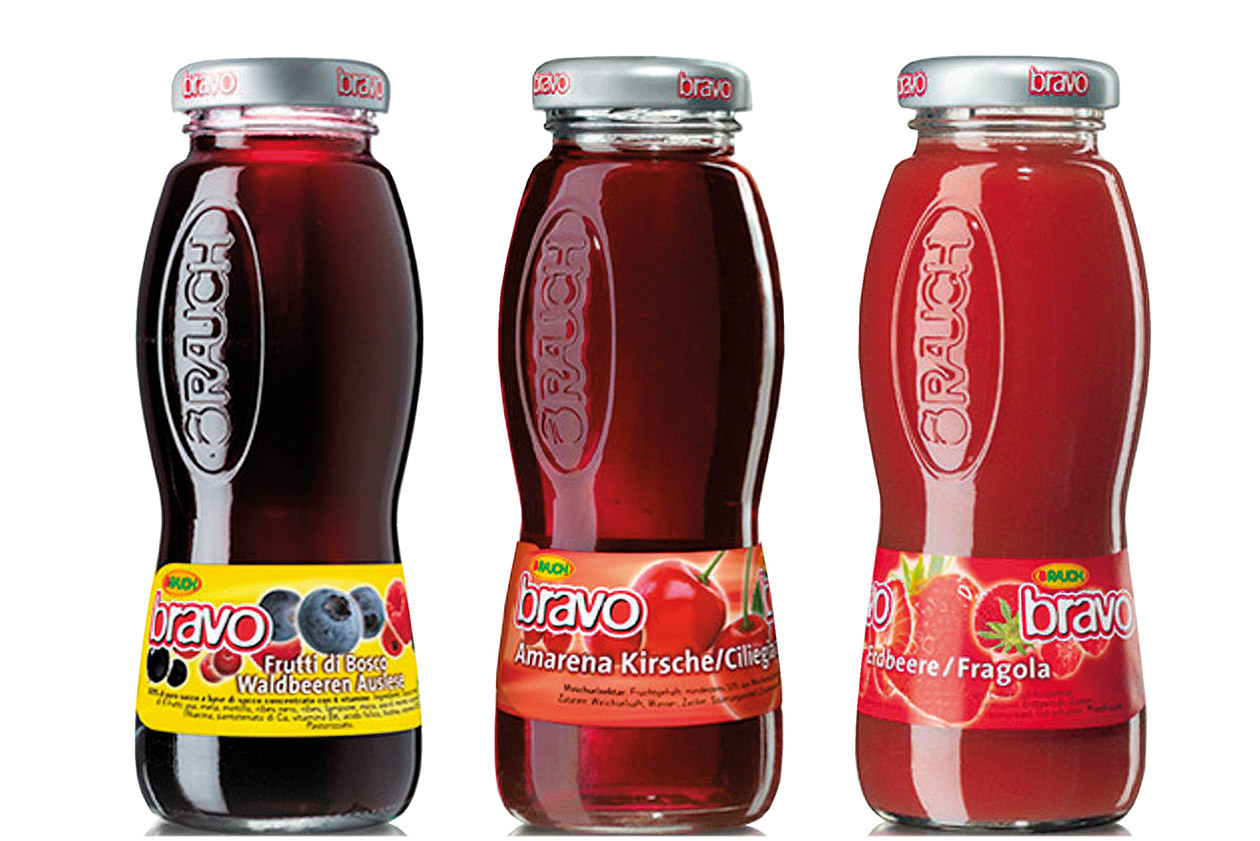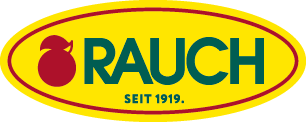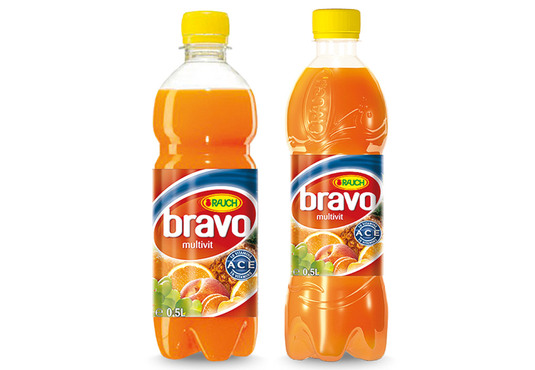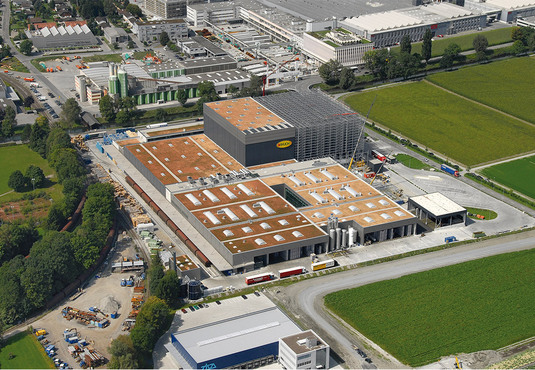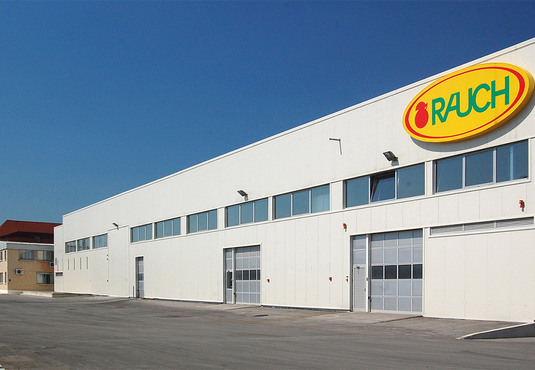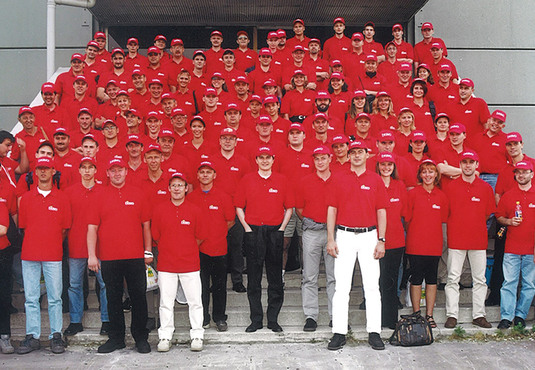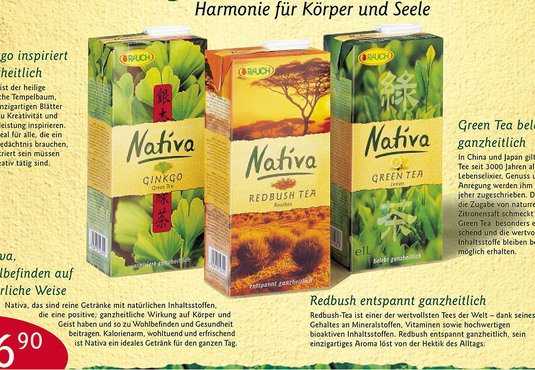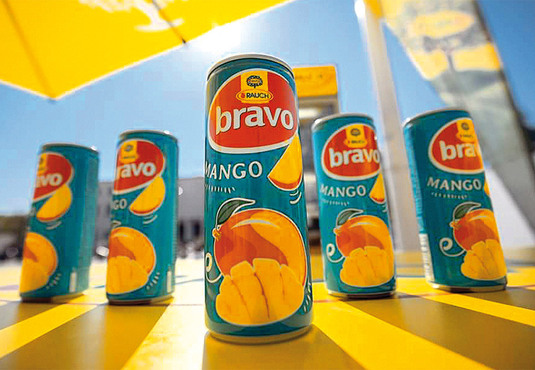
A smashing idea …
In the early days, local restaurants in Vorarlberg and Tyrol were the most important customers for Rauch bottlers – even if it was only for schnapps and fermented juice. But even in the seventies, there was fierce competition for the top spot in the hospitality industry, reminisces Franz Rauch. However, that was all put on the back burner as significant global success in the food industry and fruit concentrate sector stole the spotlight.
Rauch certainly continued to offer many special products for the hospitality sector, including since 1991 containers for drinks dispensers, later a 'bag in a box’. And certain countries enjoyed particular success – the Rauch team in Italy won over many businesses and customers with its 0.2 litre bottles of juice. But all in all, Rauch had somewhat neglected this important market. And so it was that its competitors began to take centre stage in restaurants. Until 2001,
when the decision was made to win back the hospitality trade. In-house sales teams were deployed to strengthen the brand. And what could be found at the centre of it all? An exclusive bottle to make people thirst after fruit. Rauch tasked famous agencies with its design. But it was an idea submitted by a young design student from Vorarlberg that really stood out. The lower part of the bottle was to feature only a small label, such that the juice's natural colour would steal the limelight. And a modern, slimline design that elegantly followed the ellipse of the Rauch logo was embossed on the glass. A huge technical challenge ...
Everyone was thrilled with the idea, and it was an easy decision to go for it. The high spirits were dampened, however, when the first series of prototypes emerged from the washer: 90 out of 100 bottles were smashed into smithereens. Throw in the towel? Of course not! After a year of hard graft and drawing on the expertise of material scientists at the Technical University of Vienna, the production partners finally succeeded in making the beautiful new Rauch bottles more durable.

“You should never underestimate the hospitality industry. Consumers discover new products in restaurants. And if they like them, they’ll buy them later in the supermarket.
